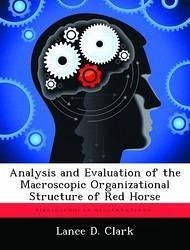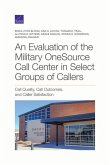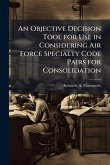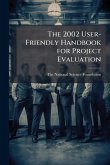The primary contingency engineering capability within the United States Air Force is provided by Rapid Engineer Deployable, Heavy Operations Readiness Squadron, Engineer (RED HORSE). This thesis examines the macroscopic organizational structure of RED HORSE; that is, the manner in which RED HORSE resources (personnel and equipment) are organized collectively, above the unit (squadron or flight) level. It builds on the findings of the Air Combat Command - sponsored RED HORSE 2010 Strategic Study, and focuses on issues of geographic location and chain of command above the unit level, as the study found these two topics were found to be vital to the accomplishment of the RED HORSE mission. Working in direct cooperation with ACC, this research uses value focused thinking and multi-attribute preference theory to create a hierarchical structure depicting the goals and objectives of a qualified decision maker (ACC/CEX). The research effort generated and evaluated 20 alternatives. The decision analysis model recommends an optimal macroscopic organizational structure whereby RED HORSE units are assigned to different theater commands as the most preferred alternative. Extensive sensitivity analysis showed that the model is very reactive to changes in objective and evaluation measure weights, indicating that further research is required. This work has been selected by scholars as being culturally important, and is part of the knowledge base of civilization as we know it. This work was reproduced from the original artifact, and remains as true to the original work as possible. Therefore, you will see the original copyright references, library stamps (as most of these works have been housed in our most important libraries around the world), and other notations in the work. This work is in the public domain in the United States of America, and possibly other nations. Within the United States, you may freely copy and distribute this work, as no entity (individual or corporate) has a copyright on the body of the work. As a reproduction of a historical artifact, this work may contain missing or blurred pages, poor pictures, errant marks, etc. Scholars believe, and we concur, that this work is important enough to be preserved, reproduced, and made generally available to the public. We appreciate your support of the preservation process, and thank you for being an important part of keeping this knowledge alive and relevant.
Bitte wählen Sie Ihr Anliegen aus.
Rechnungen
Retourenschein anfordern
Bestellstatus
Storno








